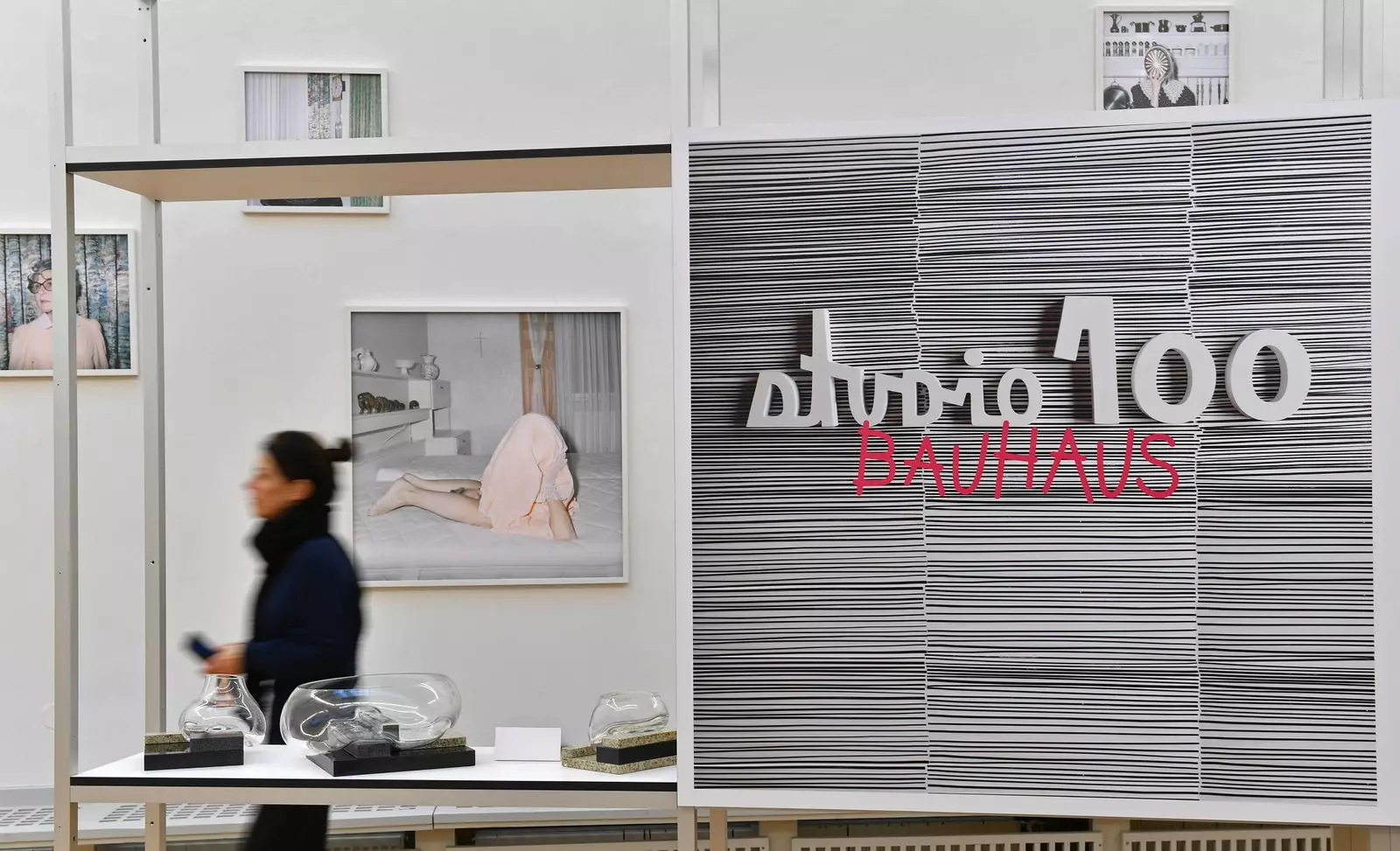
The anniversary kicked off with the exhibition 'Our Bauhaus', at the Kunsthalle Harry Graf Kessler.
This 2019 the Bauhaus current turns one hundred years old. It is nothing when compared to other artistic, architectural and design movements that took centuries to settle and many others to disappear. The curious thing about the Bauhaus is perhaps the absolute break it had with previous trends and the need for its creation in a society that, devastated by the war of 14, was crying out for it.
Founded in Weimar by the architect Walter Gropius –supported by Hannes Meyer in Dessau and by its last director, Ludwig Mies van der Rohe, in Berlin–, the school that united architecture, crafts and plastic arts grew up alongside the newly born Weimar Republic, consequence of the defeat of the Second German Empire. Despite having an ephemeral life, since he succumbed to Nazism on April 12, 1933, the Bauhaus influence was decisive in the future of time.
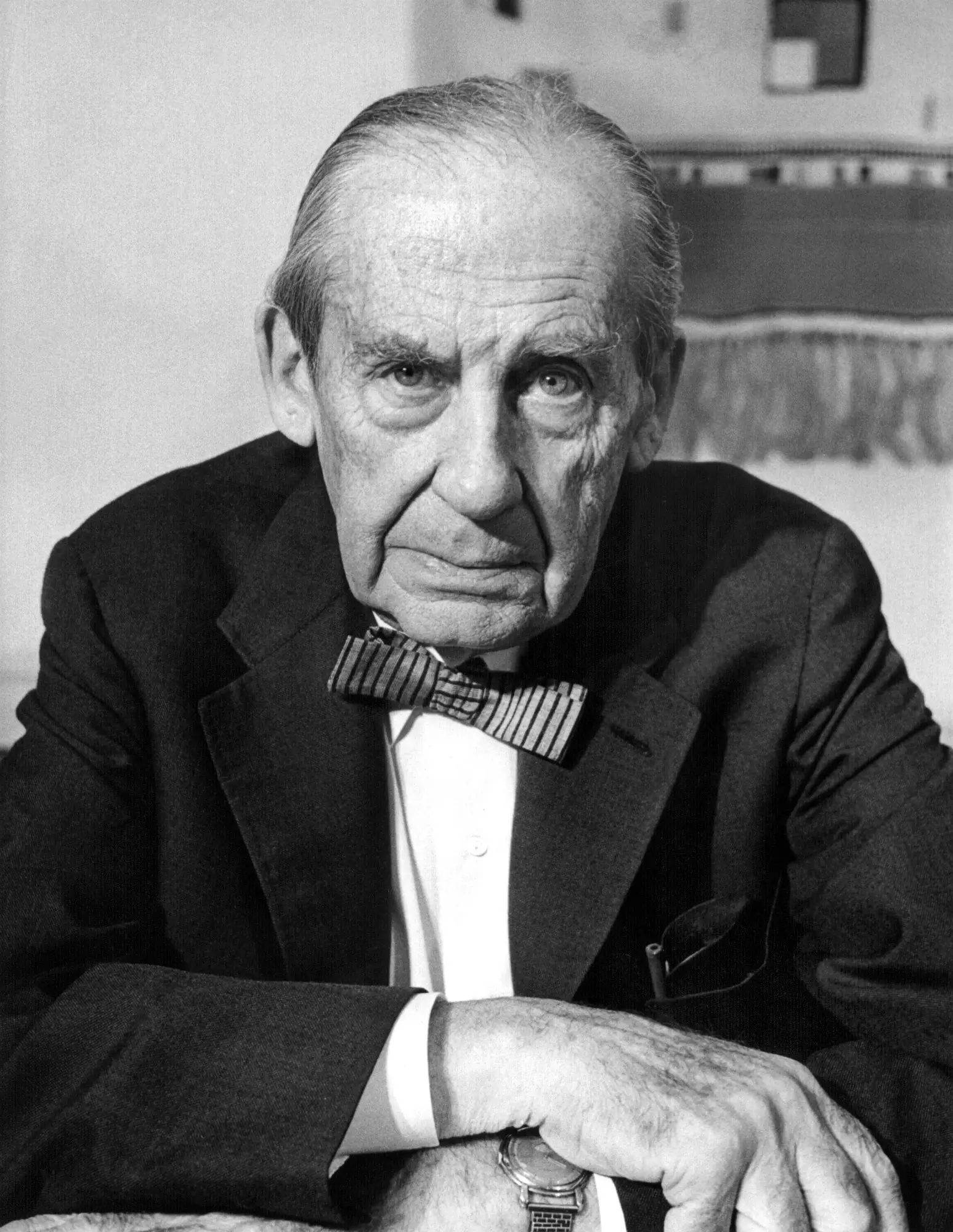
Professor Walter Gropius, founder in 1919 of the Bauhaus, in Weimar.
**THE NEED FOR THE BAUHAUS (BUILDING HOUSE)**
The social change brought about by the industrial revolution both in England and in Germany and the ravages of the post-war period favored the new wave which, in the words of Gropius himself, would encompass a whole –architecture, sculpture and painting–, attending to the practical needs of the population, without neglecting design and beauty, but avoiding the division between craftsman and artist: "The recovery of craft methods in construction activity, raising craft power to the same level as Fine Arts and trying to market the products that, integrated into industrial production, would become objects of affordable consumption for the general public".
Art should enter homes, it had an obligation to be useful, starting with modest materials for the pocket such as glass, crystal, wood or metal. No baroque pieces, no extra decorations. The basic shapes and colors as the Bauhaus principle, the triangle, a fluid and central circle or the serene square. A song to everyday life. Doable design for everyone! It is ratified by the famous phrase of Mies van der Rohe: " Less is more". The famous and essential Swedish furniture company Ikea has probably applied the practicality and aesthetics that the Bauhaus school preached in its concept.
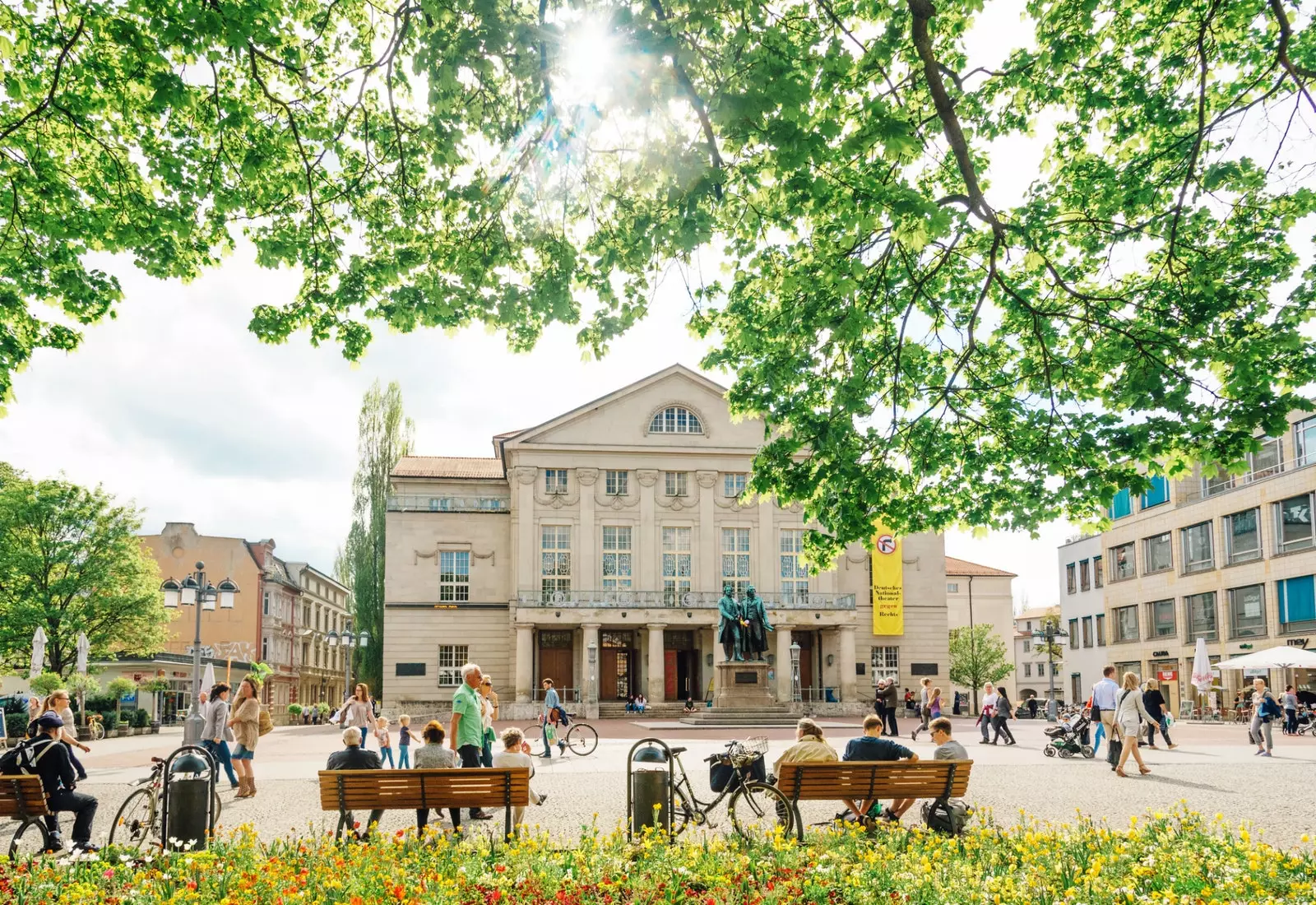
Goethe-Schiller Monument (Ernst Rietschel, 1957), in front of the German National Theater, in Weimar.
WEIMAR, MAGNETIC CITY
The fact that UNESCO has included three essential aspects of this Thuringian city in its heritage speaks of its rich legacy. Weimar is a city surrounded by forests, wide streets and magnificent buildings that coexist without pushing each other. From the Baroque and the classicist era you can pass just by turning a corner the Bauhaus, which can be considered the most important architectural current of the 20th century, declared a UNESCO heritage site in 1996.
Thanks to the patronage of the Dukes of Saxe-Weimar-Eisenach, classical Weimar enjoyed a cultural renaissance as evidenced by its palaces and the numerous parks that surround it, a complex that deserved UNESCO accreditation in 1998.
Goethe settled in Weimar ("You feel great and free with this splendid beauty before your eyes") influenced by Duke Carl August, for whom his presence was so essential that he gave him a house on the banks of the Ilm river.
After spending time on the banks of the Ilm, **Goethe moved to the Frauenplan mansion, now the Goethe Museum, ** where he lived for almost five decades, serving as adviser to Duke Charles Augustus, directing the theater and taking care of the Baroque library of her sponsor and friend Anna Amalia (some say she was more than a friend), mother of Carlos Augusto, who put Weimar on the map thanks to her intellectual work in 'The Court of the Muses'.
Goethe's literary collection has been included since 2002 in the UNESCO Memory of the World heritage. Schiller, Wieland, Herder, Liszt, Bach and even Nietzsche also lived in Weimar during the last years of his life.
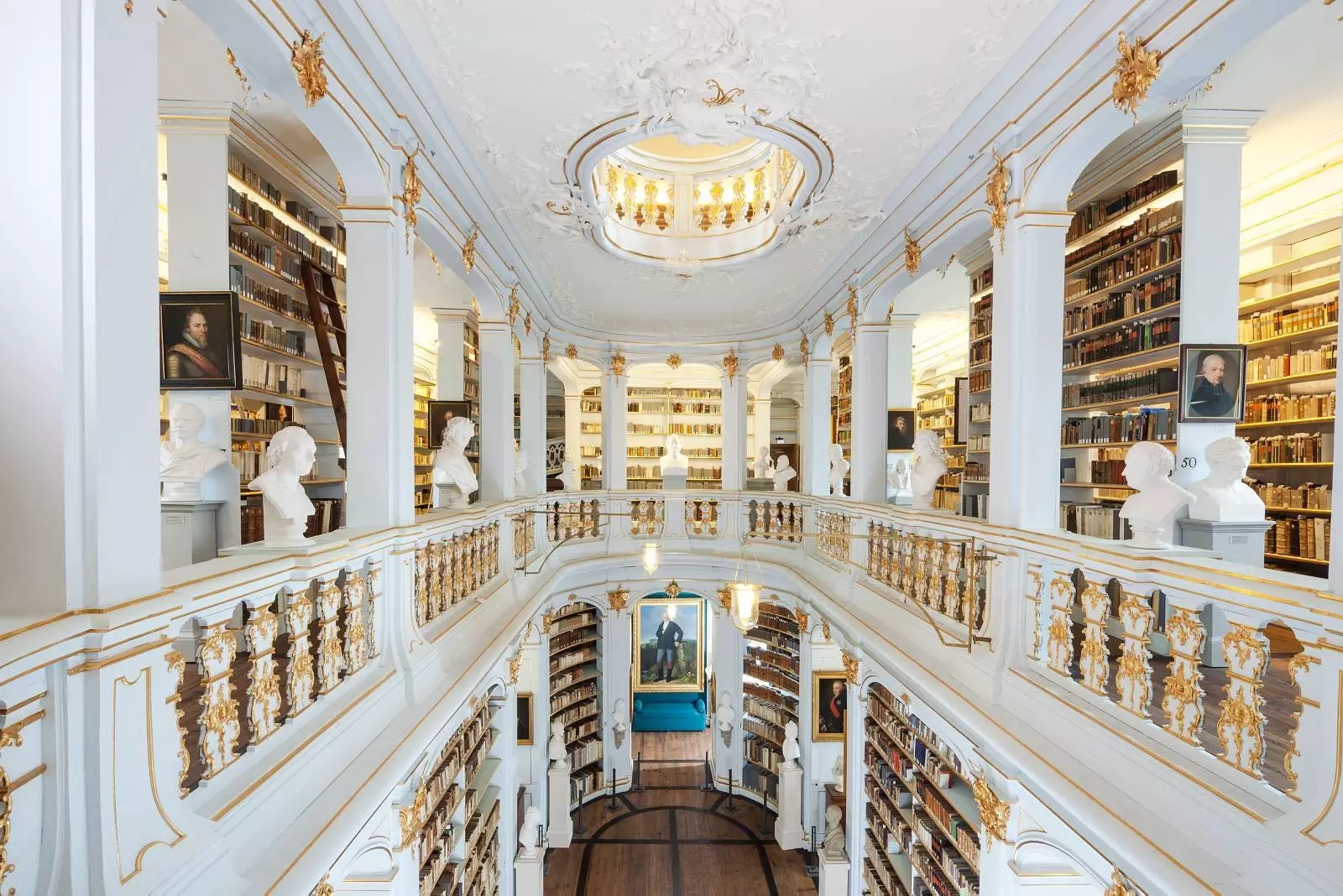
Rococo room of the library of Duchess Anna Amalia.
FROM CLASSICISM TO BAUHAUS
Figures such as Vasili Kandinsky, Paul Klee, Marcel Lajos Breuer, Georg Muche, Johannes Itten, Piet Mondrian and Oskar Schlemmer passed through the Weimar High School of Design with their fantastic costumes and triadic ballets. Characters who, although initially dismissed as extravagant, left a pioneering and indelible mark.
Neoplasticism or De Stijl incorporated artists from the Netherlands such as Theo van Doesburg, who defended the union of art with everyday life, maintaining that, with the creation of a new visual style and an aesthetic based on craftsmanship and mass production, they would give rise to a new popular way of life.
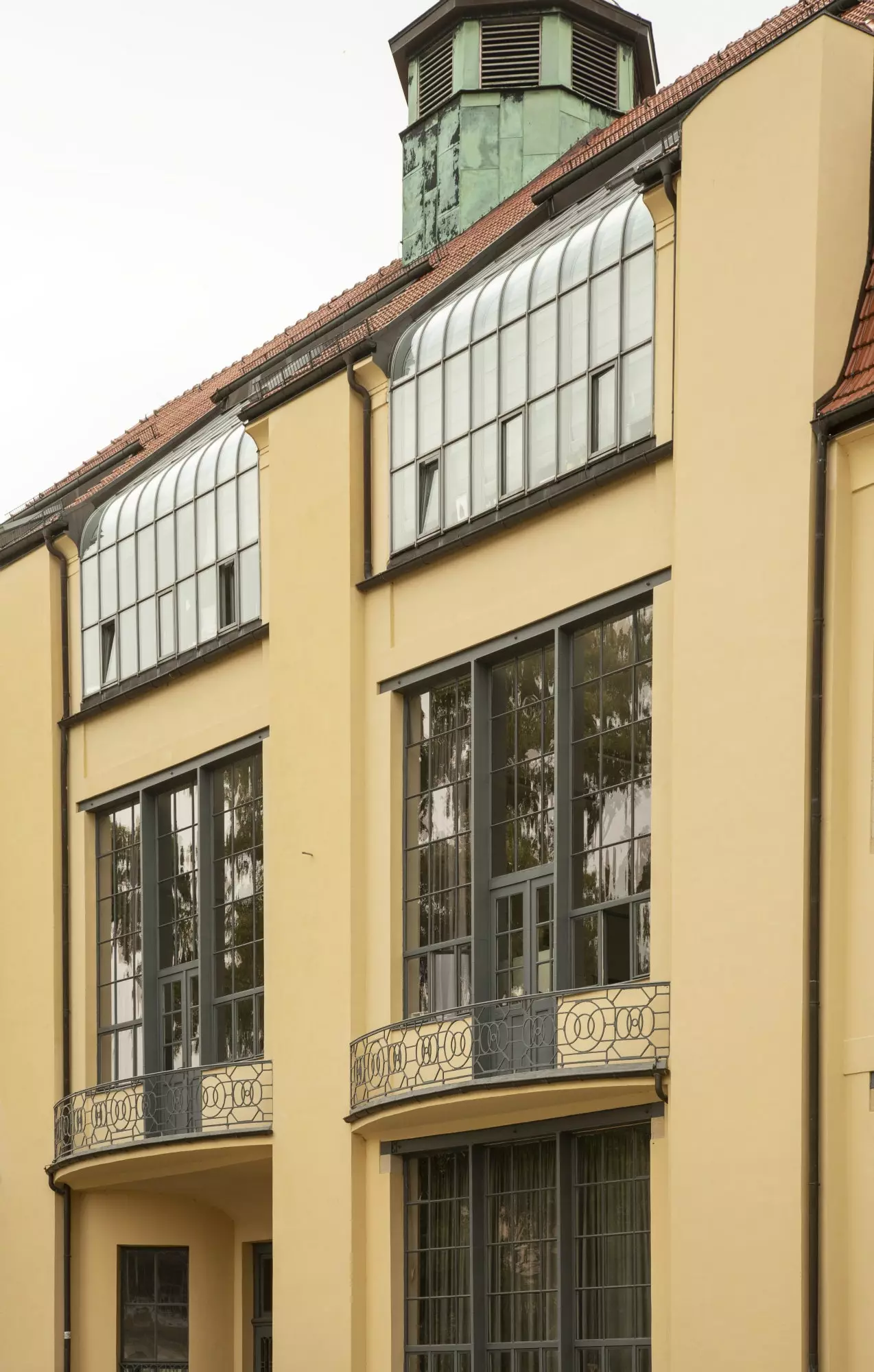
The main building of the Bauhaus-University Weimar (Henry van de Velde, 1904-1911) has been a UNESCO World Heritage Site since 1996.
The school opened the doors to women, who created essential pieces, despite the fact that Gropius still maintained that women could only think and design in two dimensions, and not in three like men...
Marianne Brandt, the first to enter the school's Metal Workshop, created the famous MT50-55a coffee and tea set and collaborated with other designers on the Kandem lamp. Anni Albers specialized in fabrics that combined light reflection, sound absorption and durability... practicality in other words. Lilly Reich was hired by Mies van der Rohe as a Bauhaus teacher and designed such essential pieces as the Kubus armchair and sofa, icon of the 21st century, also collaborating in the manufacture of the legendary Barcelona chair.
With the integration into the Bauhaus of László Moholy-Nagy, new ideas of the Russian Constructivism of Lissitzky and Tatlin entered, who defended work as a premise over the muses of inspiration.
BAUHASIAN WEIMAR
In the historical cemetery of the city there is a monument of sober lines that shoot to the sky like lightning. It is the work of Walter Gropius and was commissioned by trade unionists to commemorate those who fell in the riots of 1920. It was destroyed by the Nazis and has been rebuilt.
The same did not happen with the neo-Gothic building of the Templar tower in Ilm Park, where Johannes Itten took refuge to paint, of which only its ruins remain. The Haus am Horn house, built by Georg Muche in 1923, is considered a model of Bauhaus construction, the place where the germ of modern architecture fertilized.
Another key Bauhaus building in Weimar is the School of Arts and Crafts, today part of the Bauhaus University, designed by the Belgian Henry van der Velde. If the university started with 150 students, today classes are taught to 4,000 from 71 countries. You can freely enter its facilities at any time of the day, and even chat with the students who will not hesitate to accompany guests to show them Walter Gropius's office, where you have to take off your shoes.
They will also proudly explain the origin and meaning of the one and a thousand details that surprise in the magnificent elliptical staircase, corridors or rooms, like the geometric figures in red, blue and white made by students following the canons of Paul Klee and exhibited in the first exhibition in 1923, the comfortable and simple chairs and sofas or the sculptures that adorn the corners. All this and more could be seen in the Museum of the Theater Plazt, enclave of the theater where the constitution of the Weimar Republic was celebrated in 2019 and whose commemorative plaque, the work of Walter Gropius, adorns its walls.
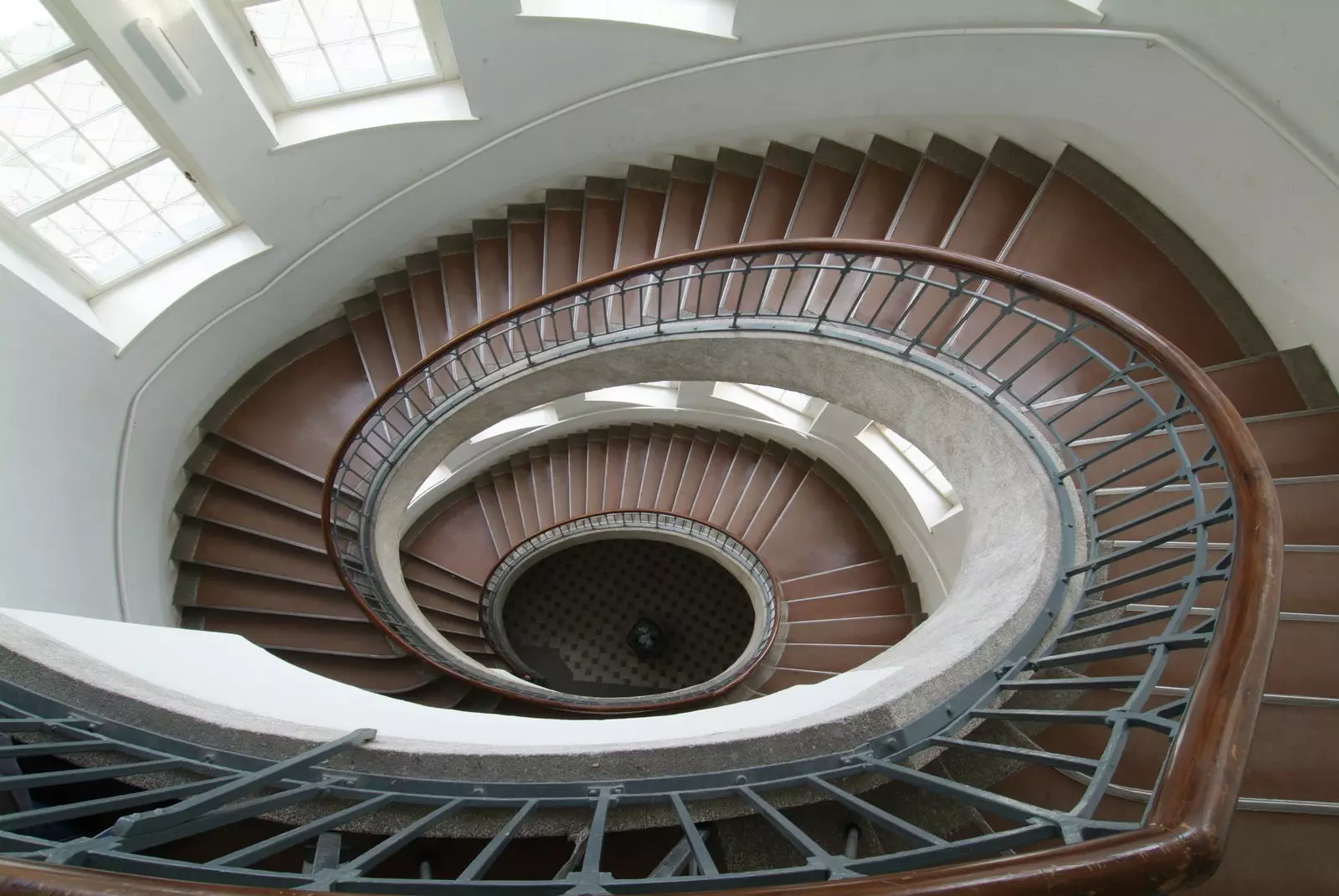
Spiral staircase in the main building of the Bauhaus-University Weimar.
The Museum, opposite the historic Goethe-Schiller monument, now closed, will cede its art collection and its prominence to the new Bauhaus Museum, built by the architect Heike Hanada, professor at the Bauhaus University of Weimar and a great admirer of Mies van der Rohe. The minimalist concrete cube, whose opening as the Bauhaus Museum will be inaugurated on April 6, 2019, is directed by Ulrike Bestgen and originally intended to celebrate and offer exhibitions during the centenary, under the beautiful motto “Reconceive the World".
Japan, China, Russia, Brazil, the Netherlands and the United Kingdom, among other countries, have organized exhibitions, as well as workshops and symposiums in India, the United States, Morocco and Nigeria. We must emphasize the display with which ** Tel Aviv, a Bauhaus sanctuary with its more than 4,000 Bauhasian buildings,** will commemorate its one hundred years of fruitful life. Needless to say, the palm of celebrations and exhibitions goes to Germany, throwing the house out the window in many of its cities, especially in Berlin, Dessau and Weimar, nests of the movement that in just 14 years changed the design of the world.
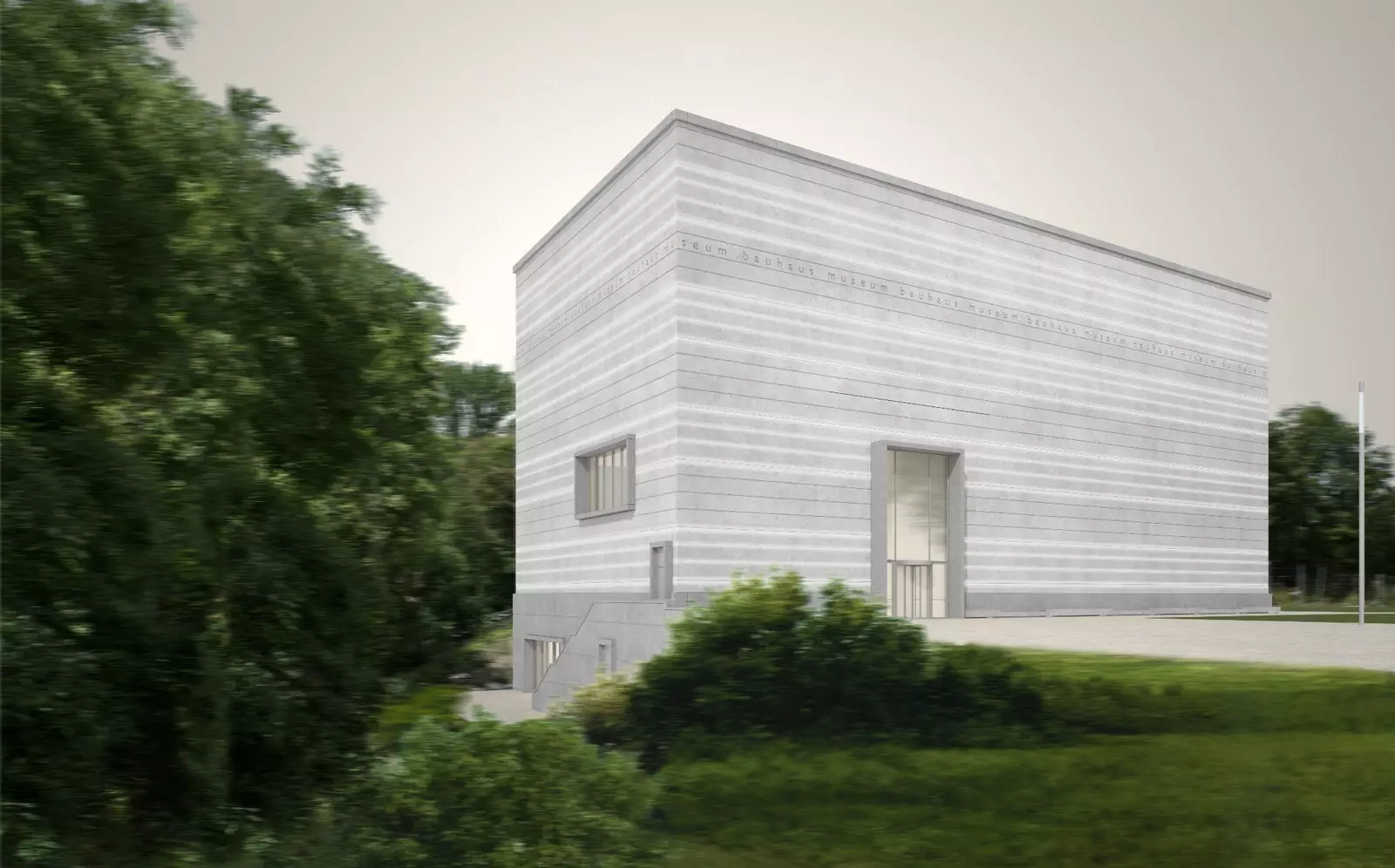
New Bauhaus Museum, a minimalist concrete cube, the work of the architect Heike Hanada.
JOURNEY NOTEBOOK
Hotel Elephant: Lodging of the cream of the society in its different historical moments. Place of gathering, art and culture.
Ilmschoesschen Restaurant: Teachers and students from the Bauhaus School used to gather there to eat, drink and also celebrate their famous costume parties.
Information: www.germany.travel
